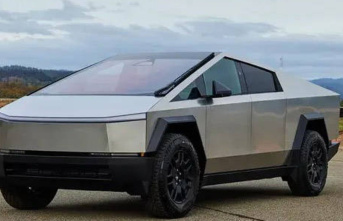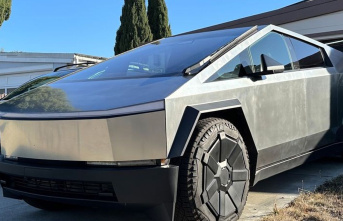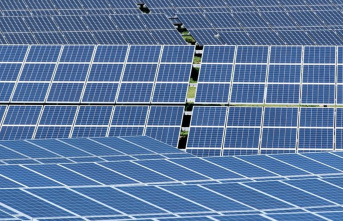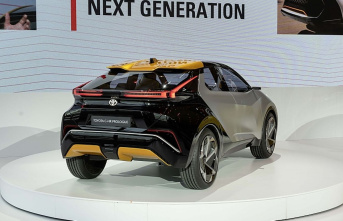Matt Harrison leaves no doubt. "Mobility is a fundamental human right," says the Toyota Europe boss and speaks plain language in the next sentence. "It is too risky for society and the environment to bet everything on BEVs." The Japanese car manufacturer is thus taking a diametrically different path from many of its competitors who are looking for exclusive salvation in electromobility in Europe.
Toyota's answer to this planned monoculture is as simple as it is obvious. "People in this world are different, and the requirements for individual mobility are just as different," explains Matt Harrison. That's why the Japanese carmaker will have a whole vendor's tray full of mobility solutions up its sleeve. The bandwidth ranges from fully electric vehicles to vehicles that run on hydrogen or even car sharing offers. For this reason, the Kinto mobility division will be significantly upgraded over the next few years. Anyone looking for a car should find it at Toyota. “No one is left behind,” explains Harrison. The Japanese are taking a similar path to BMW; where customers can also choose from various alternatives.
It is noteworthy that the combustion engine will play an important role in the next ten to 15 years, be it as a full hybrid (HEV) or as a plug-in hybrid (PHEV). The CH-R Prologue study, which will also be available as a part-time electric vehicle, shows that this announcement is not just empty words. The compact SUV will not remain the only PHEV model from the Japanese, which is building its own battery factory in Europe to ensure the supply of energy storage.
The Japanese are once again going their own way. In Europe, the PHEV drive train is increasingly being pushed aside from technology, but it still plays a role in the Japanese. Toyota's chief scientist Dr. Gill Pratt explains the rationale behind this diverse drive portfolio. The bottom line is that emissions should be reduced as much as possible. Electric vehicles are expensive, so if only a comparatively small proportion of drivers can or want to afford a BEV, the impact on the carbon footprint is quite small.
If, on the other hand, you rely on electrified combustion engines such as an HEV drive train, people with lower incomes and without charging facilities can also do their part to improve the pollutant balance. "Now driving a car with an electrified powertrain is better for the environment than one without a hybrid module," says Pratt, underscoring Toyota's pragmatic approach with the sentence: "Carbon dioxide is the enemy, not a special engine!"
Toyota's basic CO2 target remains unaffected by this drive range. The Europeans want to be the class leader and be completely CO2-neutral by 2040. That is a decade earlier than the global requirements for the entire group. However, this is also due to the favorable economic and political circumstances. In the old continent, the charging structure is continuously being expanded and some people can afford a fully electric car. The Toyota factory in Deeside (Great Britain) shows how the path to a CO2-neutral future should succeed, where solar modules the size of ten football pitches are to support the power supply.
Toyota also takes a clear position on the subject of hydrogen. "Hydrogen will become increasingly important in the future," says Matt Harrison. It is not surprising that the Japanese are involved in fuel cell commercial vehicles such as the Daimler H2 bus Citaro. But Toyota is also driving the use of hydrogen in cars and SUVs: Toyota technicians are already working on an H2 Hillux and the Japanese also have a hydrogen combustion engine in their range. Models such as the Hydrogen GR Yaris are intended to inspire the fun driving faction. Toyota boss Akio Toyoda himself has swung behind the wheel of the hydrogen runabout and given his placet. It's one thing that the engine sounds good, has more power now and that filling up with hydrogen is much faster. The other is sheer pragmatism: Lithium prices are currently through the roof and new mines to mine the element essential to batteries are taking four to seven years before they are producing at full capacity. A battery factory stands after 24 months. "These two factors don't live in the same time zone," Gill Pratt puts it.








